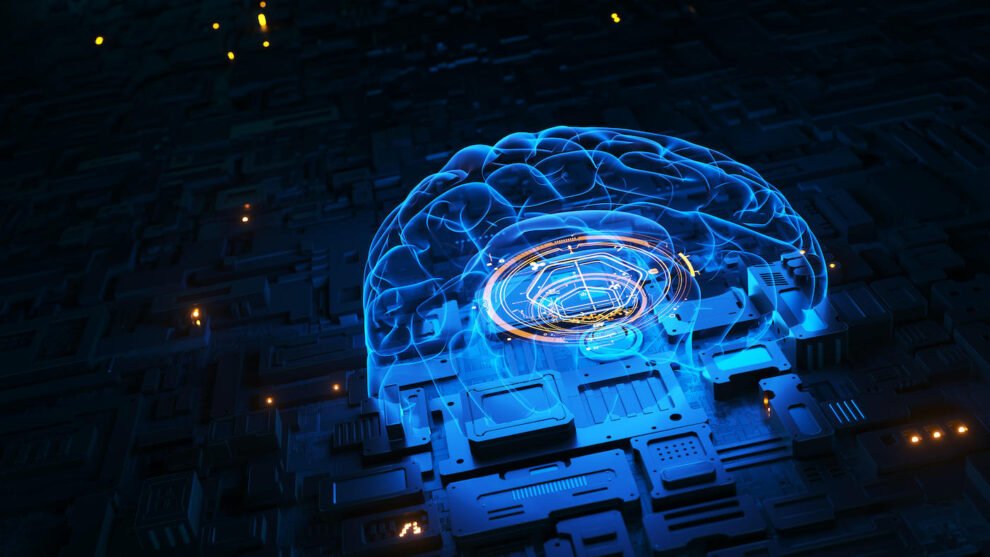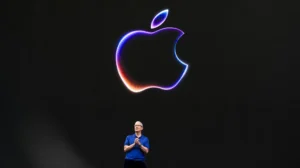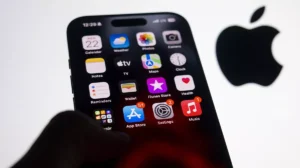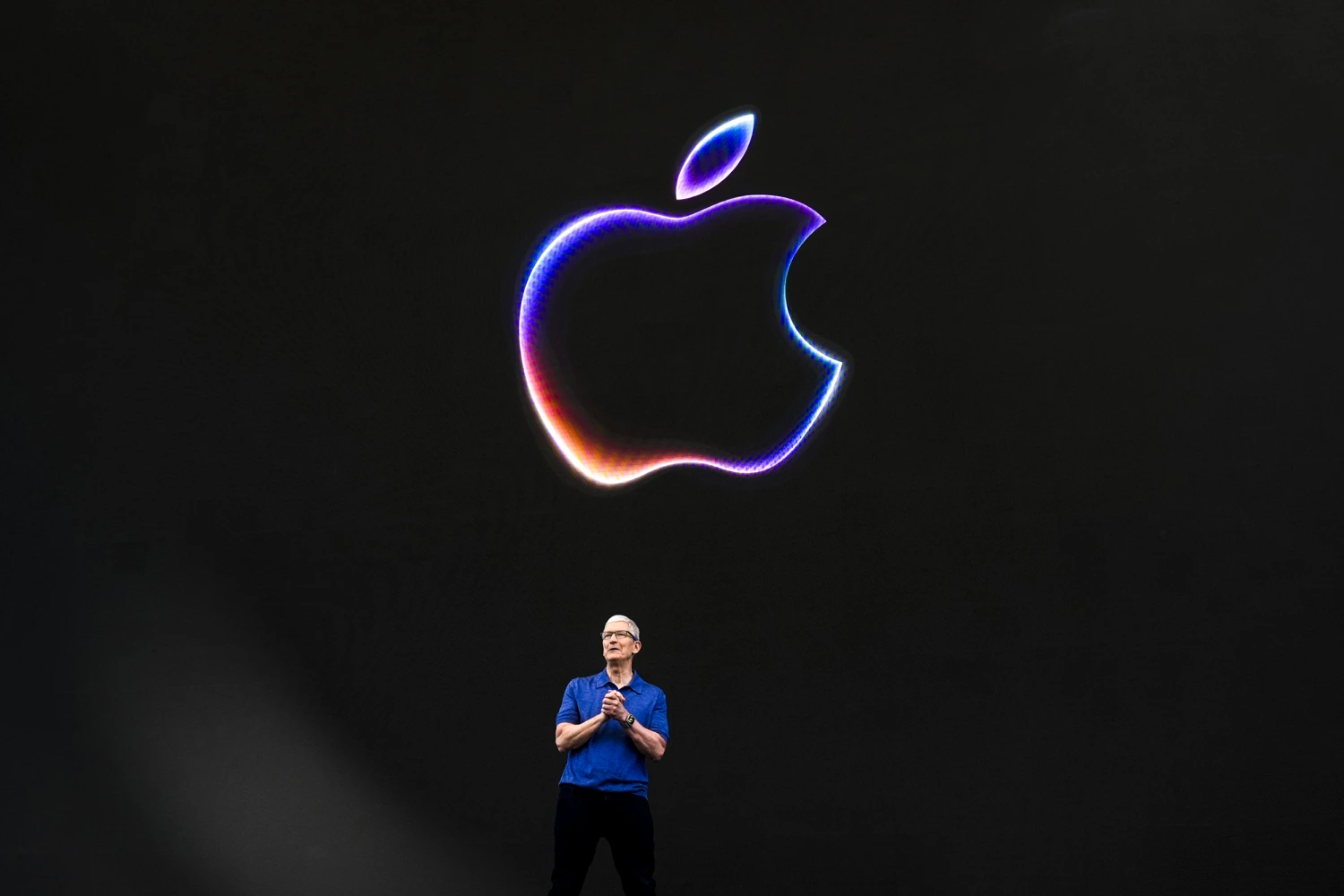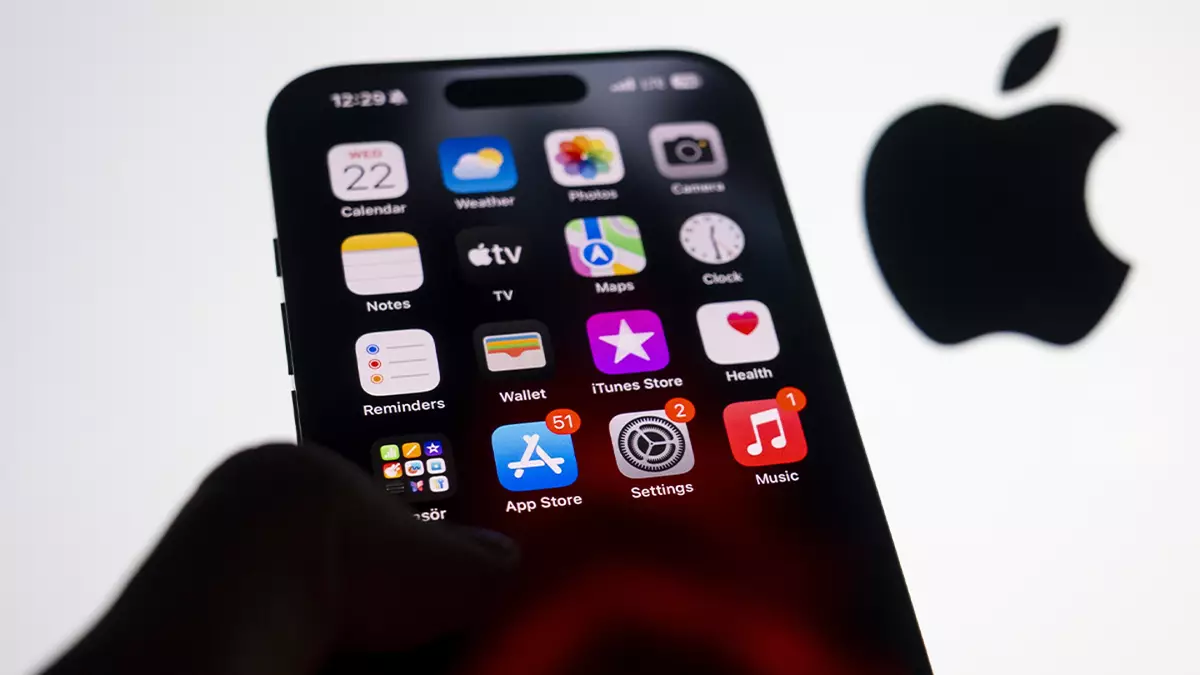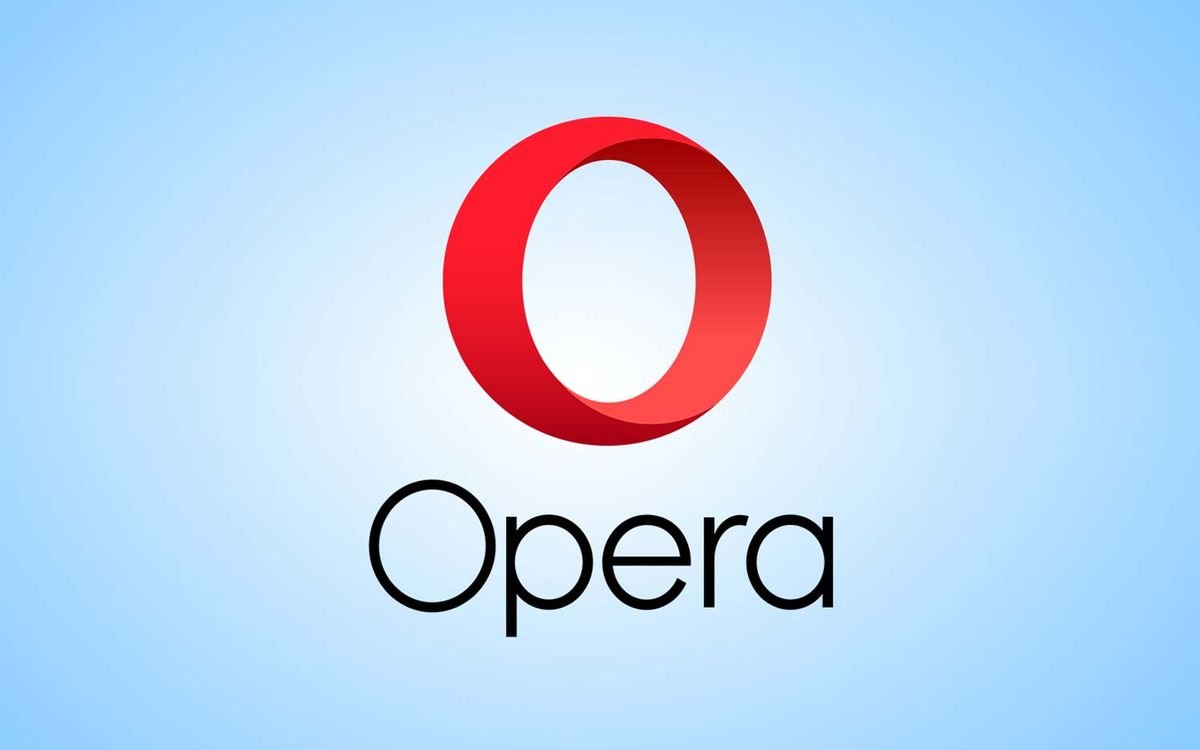OpenAI, the renowned research institute exploring artificial intelligence, has taken a significant step towards enhancing transparency and combating potential misuse of its powerful image generation model, DALL-E 3. The company announced that images created through DALL-E 3 within ChatGPT, its language model, will now be embedded with watermarks.
Key Highlights:
- OpenAI is now embedding watermarks in images generated by DALL-E 3 within ChatGPT.
- The watermarks include the date of creation and C2PA logo, promoting transparency.
- This move aims to combat misinformation, deepfakes, and copyright infringement.
- C2PA standard ensures provenance and ownership of AI-generated content.
- Critics raise concerns about watermark removal and potential misuse.
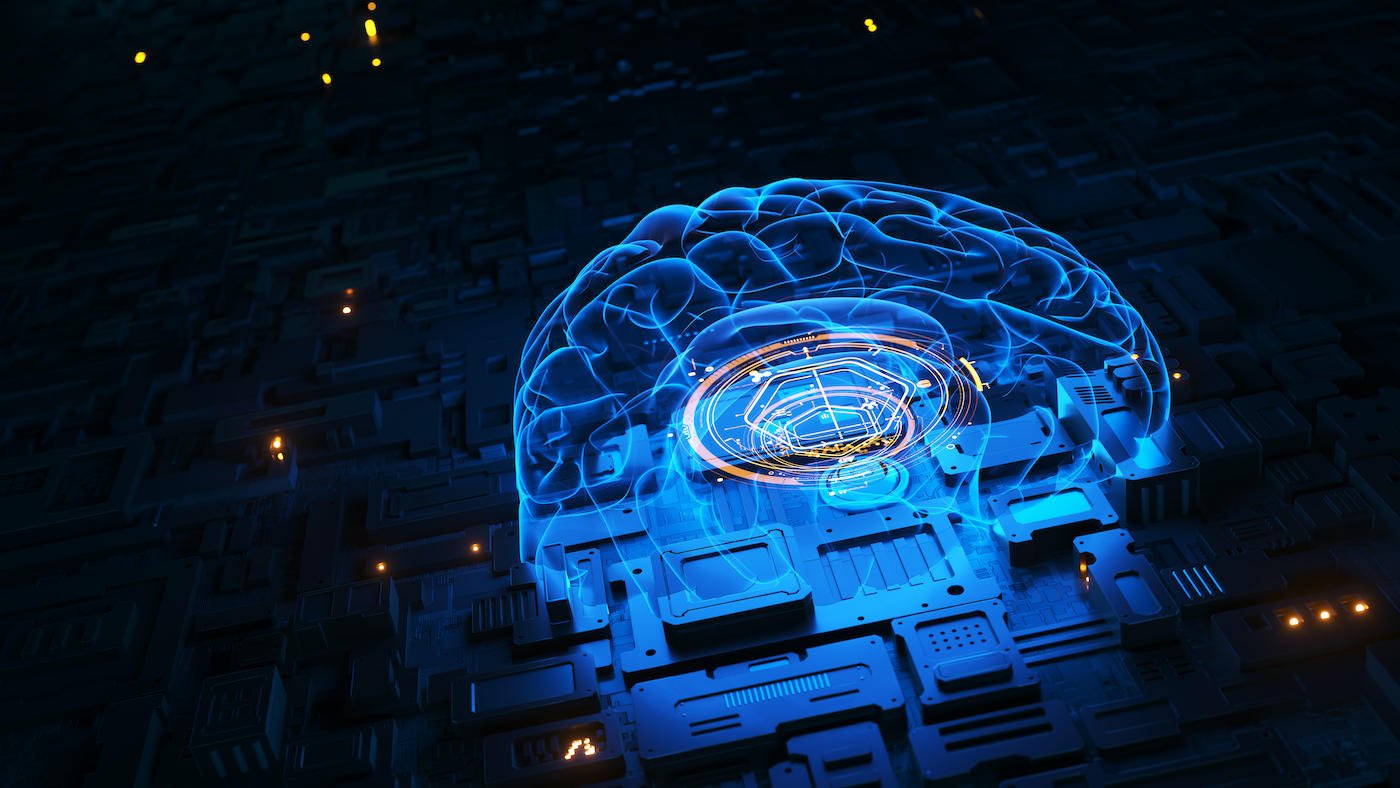
This move marks a crucial step in addressing growing concerns surrounding the potential for AI-generated visuals to be used for malicious purposes. Deepfakes, hyperrealistic fabricated videos, have become increasingly sophisticated, posing threats to online safety and trust. Additionally, copyright infringement worries loom large with the ease of creating AI-generated images that resemble copyrighted works.
The embedded watermarks in ChatGPT images address these concerns by establishing a clear chain of ownership and provenance. Each watermark will include the date of creation and the logo of the Coalition for Content Provenance and Authenticity (C2PA). This international non-profit organization promotes standards for embedding metadata in digital content, ensuring its authenticity and facilitating its traceability.
Deeper Dive into the Debate:
- Effectiveness: Critics argue that watermarks can be easily removed using readily available tools, rendering them ineffective in preventing deepfakes. Additionally, watermarked images could still be used for malicious purposes if their context is manipulated.
- Standardization: OpenAI’s use of C2PA standards is a positive step, but experts call for broader industry adoption to ensure universal recognition and verification of watermarks.
- User Experience: Critics argue that watermarks might detract from the aesthetic of generated images and could be inconvenient for users sharing their work. OpenAI plans to offer options for adjusting watermark prominence to address this concern.
- Ethical Implications: Some experts raise concerns that watermarks might create a sense of “ownership” over AI-generated content, hindering open access and collaboration in the field. OpenAI emphasizes its commitment to ethical AI development and encourages open dialogue on these issues.
“With the growing capabilities of AI image generation models, it’s crucial to implement mechanisms that promote transparency and accountability,” said [Name], [Title] at OpenAI. “By embedding watermarks with C2PA standards, we aim to empower users to identify the origin and history of AI-generated content, combating misinformation and protecting intellectual property.”
While the integration of watermarks is a positive step, some experts raise concerns about their potential limitations. Critics point out that watermarks can be easily removed or manipulated, potentially undermining their effectiveness. Additionally, concerns exist about the potential misuse of watermarked images for malicious purposes, such as creating even more convincing deepfakes.
OpenAI acknowledges these concerns and emphasizes its commitment to continuously refining its watermarking technology and fostering responsible AI development. The company encourages collaboration with industry stakeholders and policymakers to establish robust frameworks for governing AI-generated content.
In conclusion, OpenAI’s decision to embed watermarks in DALL-E 3 images within ChatGPT signifies a critical step towards promoting responsible AI development. While limitations exist, this move sets a precedent for increased transparency and accountability in the realm of AI-generated content. As AI technology continues to evolve, ongoing dialogue and collaboration are crucial to ensure its ethical and responsible use.

